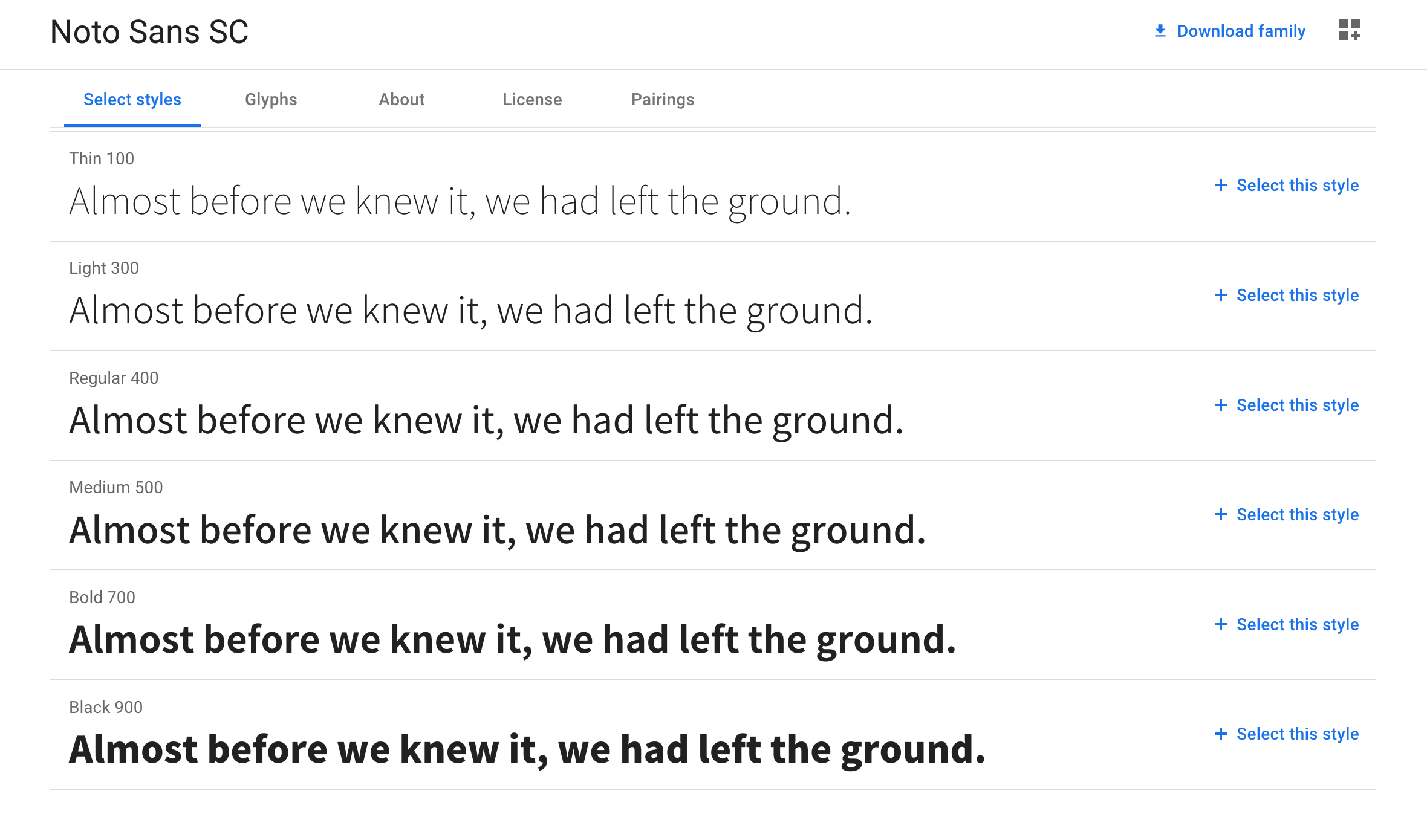Installing fonts
Tip
Both Windows and macOS support TrueType (.ttf) and OpenType (.otf) fonts. Make sure that any fonts you download are in these formats, rather than webfonts.
Unicode fonts
The most practical resource to access scripts encoded in Unicode is the Noto Project. You can browse which fonts you would like to install. Noto Serif includes all of the various Latin blocks in Unicode and much more besides, as you can see from the full character set.
Charis SIL is also a useful font to install. Here is the full character set.
For access to a very wide range of symbols in Unicode, you can turn to the font Symbola.
Historical fonts
It is useful also to install fonts that include historical scripts that may no longer be in use, like Ogham, which is just one of a large number of scripts included in Clara.
Cardo, which describes itself as “is a large Unicode font specifically designed for the needs of classicists, Biblical scholars, medievalists, and linguists”, is also a useful resource.
What a font encompasses
Typically, you will download a font in the form of a zip file. Once you have uncompressed it, you will find the separate files for different typefaces: typically Regular (or Roman), Italic, Bold and Bold Italic.
Other fonts may contain a much larger range of weights.

Font weights in Noto Sans Simplified Chinese
You can choose to install all of these or simply the ones that you are most likely to find useful.
Installing fonts in Windows
- Unzip the compressed file containing the fonts.
- Right click on an individual font file and select Install.
- Repeat for further styles and weights.
Installing fonts in macOS
- Unzip the compressed file containing the fonts.
- Double click on an individual font file.
- When Font Book opens, select Install Font. As a rule, all of the styles and weights of the same font will be installed.